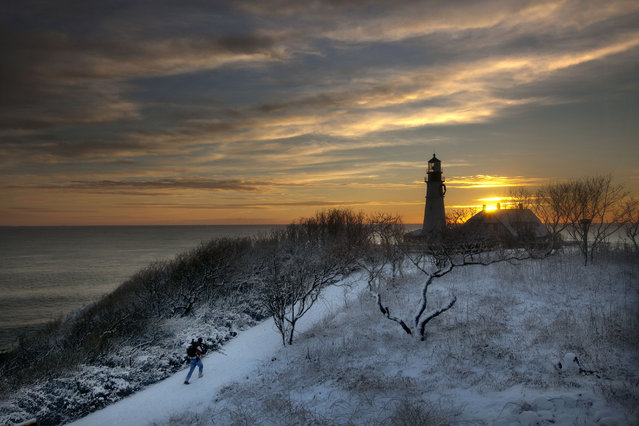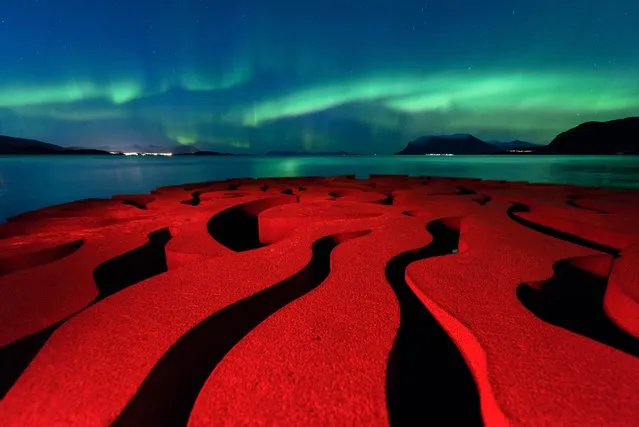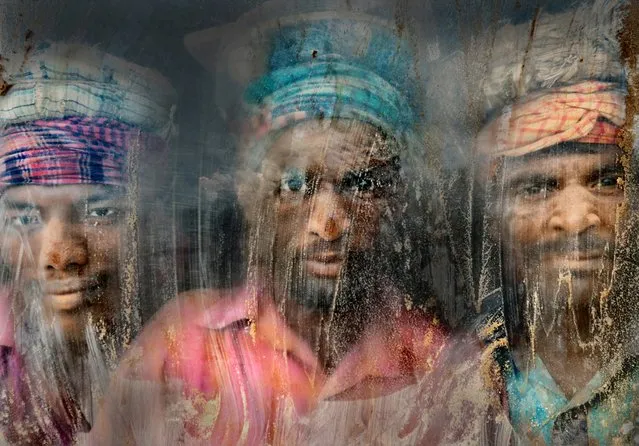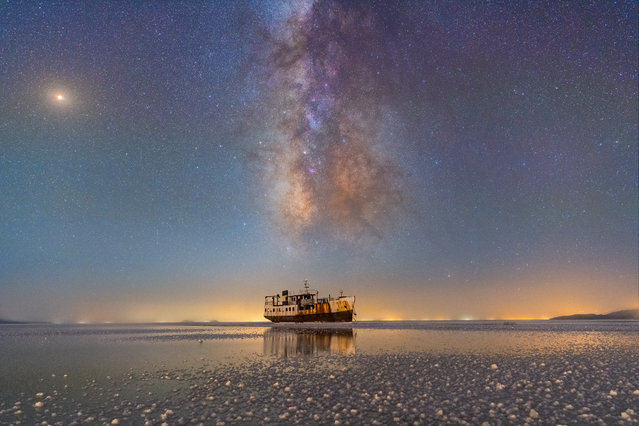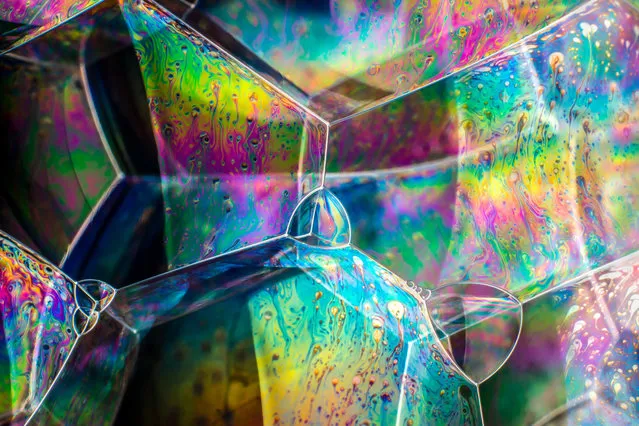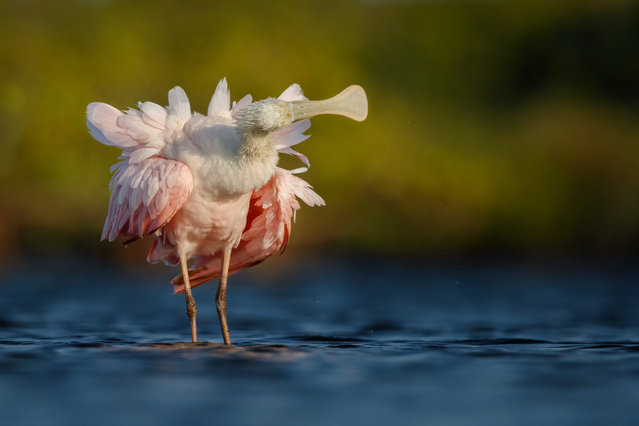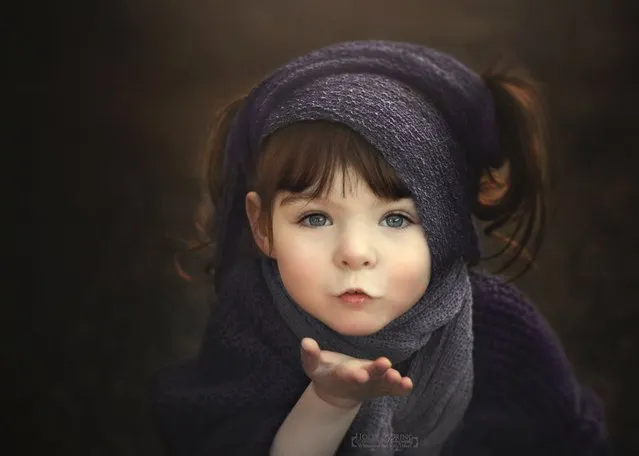
Holly Spring, a New Zealand photographer, says she is inspired by her daughter Violet, who was born with multiple ailments; Hirschsprung’s Disease, a blockage of the large intestine and Symbrachydactyly, a limb abnormality. The series was designed to show her daughter that she “can live a life without obstacles”. (Photo by Holly Spring)
27 Aug 2014 09:11:00,post received
0 comments

